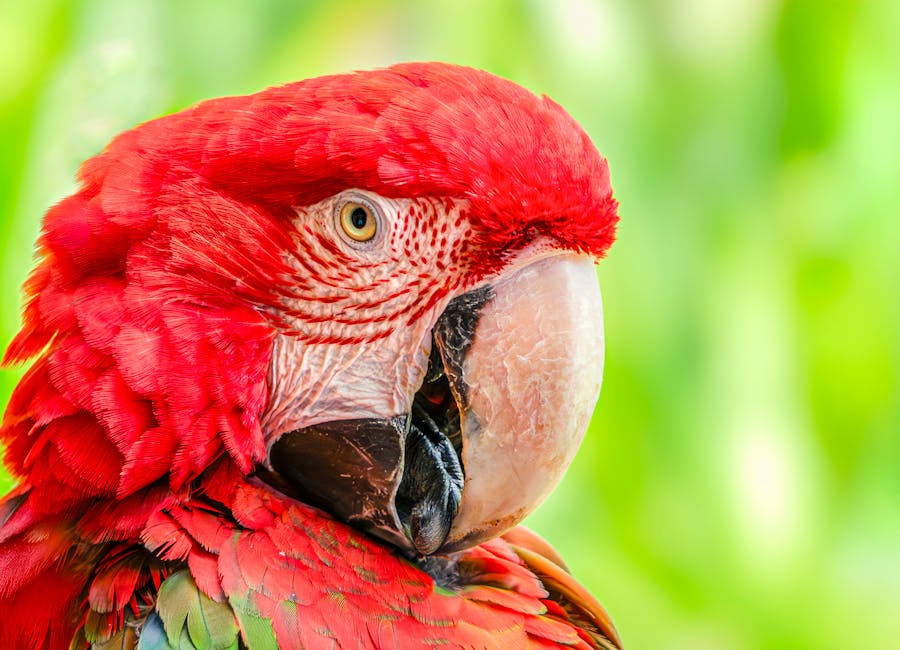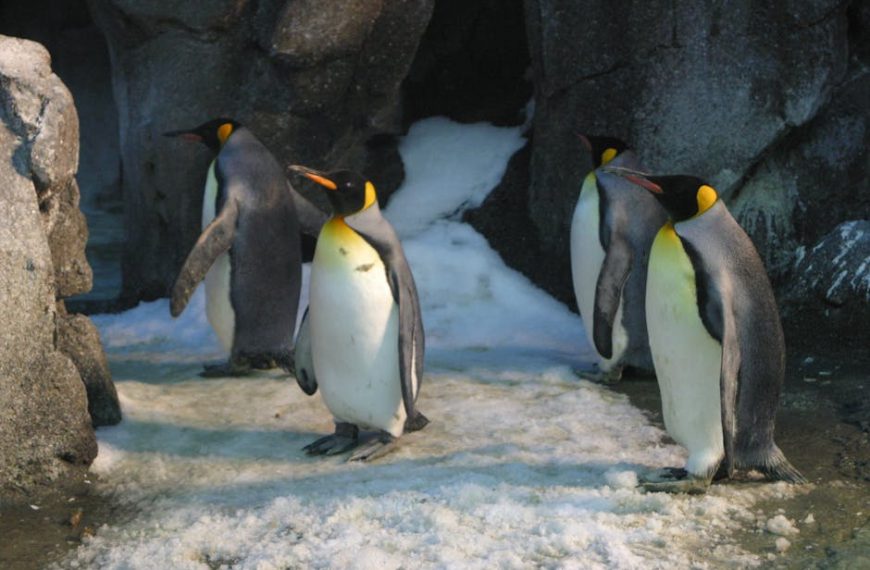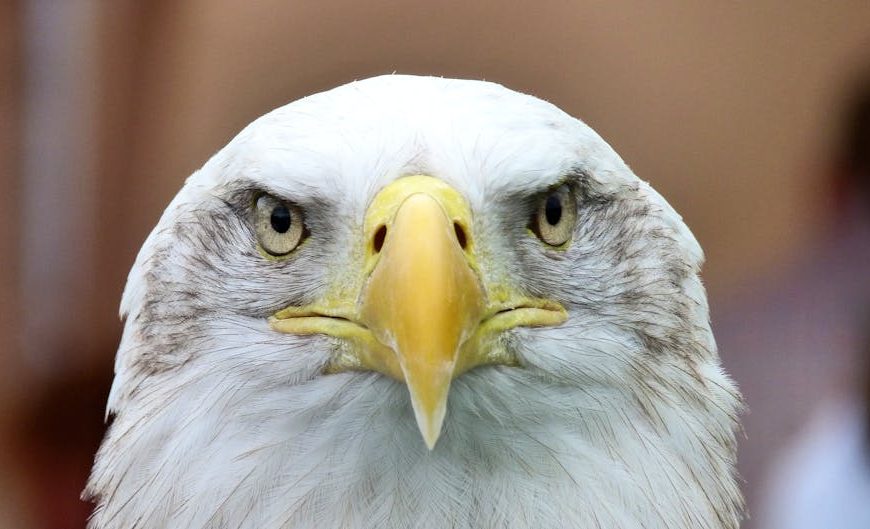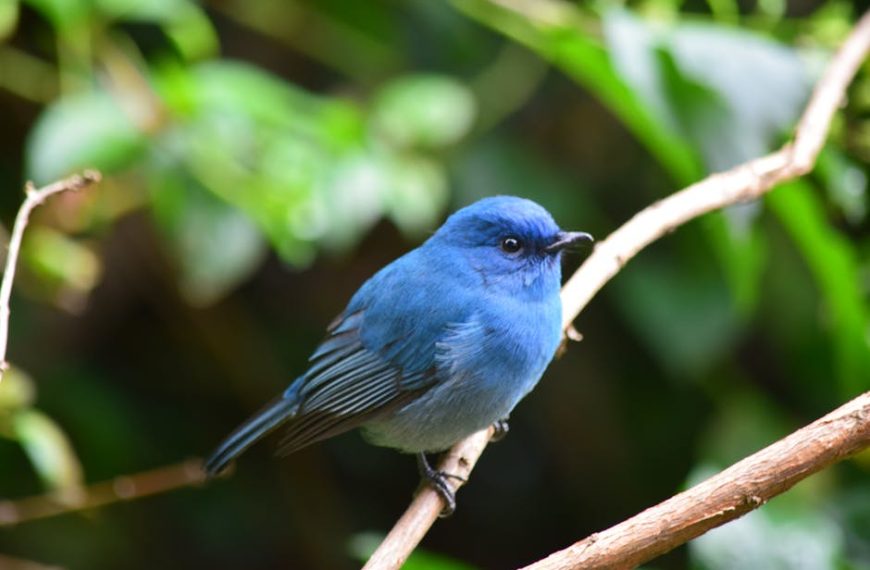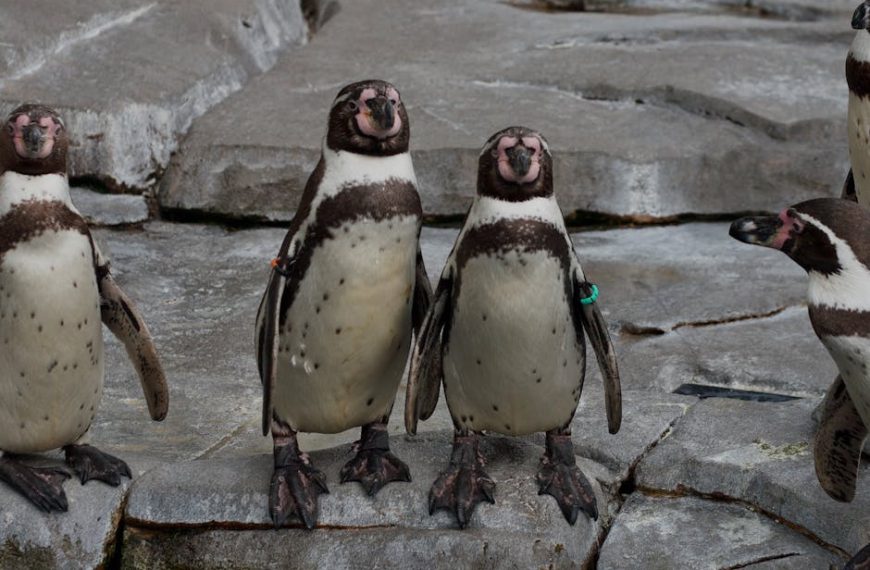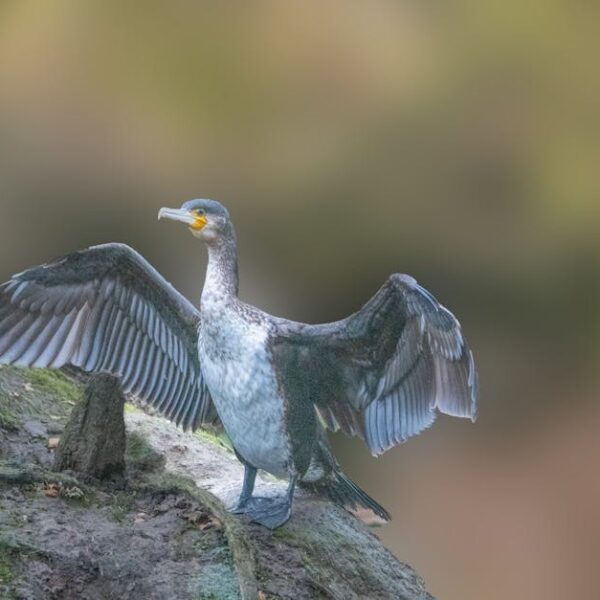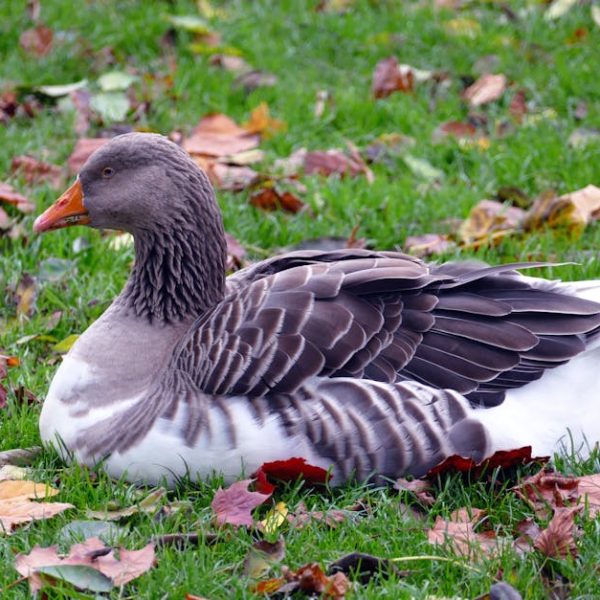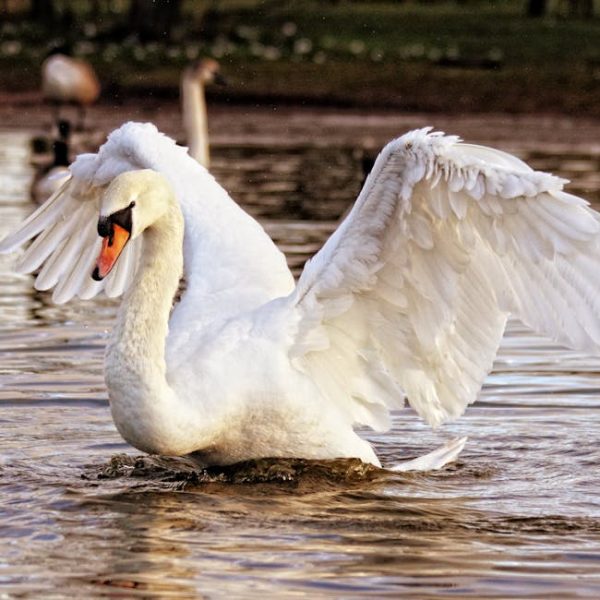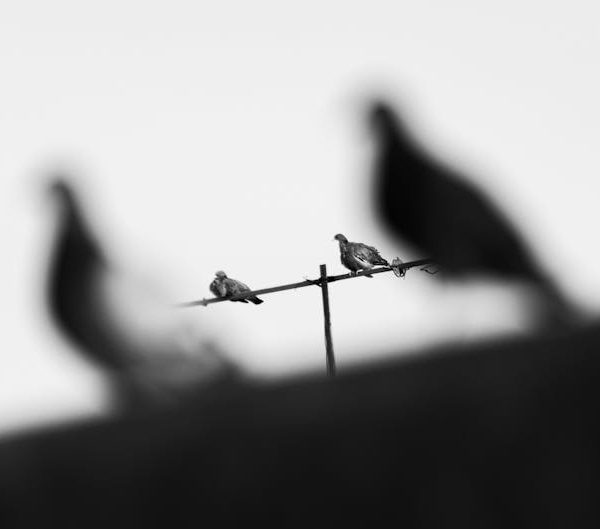While many of us admire birds for their beautiful plumage, their striking eye colors often take a backseat in our admiration. It might surprise you to know that birds’ eyes come in a variety of hues ranging from vivid blues and cool grays to piercing gold. But among these, the fiery allure of red has sparked curiosity, and there’s more to it than meets the eye.
Hand of Evolution: Why Certain Bird Species Have Red Eyes
In nature, every detail has significance, and the red eyes of certain birds are no exception. This distinctive feature is largely a result of evolutionary adaptation and natural selection favoring those with such traits to survive and reproduce. Predatory bird species like the Northern Saw-whet Owls and the Red-eyed Vireo parlay their unique ocular coloration into a compelling tool for nocturnal predation and courtship displays.
So, how does the red color come about genetically? Exclusive to certain species, these flamboyant eyes are the product of a gene that produces melanin, a pigment critical for the advantageous eye color. The types of melanin vary, contributing uniquely to specific bird species’ red eyes. Examples include doves, pigeons, and some species of ducks and owls, to name a few.
Biological Insight: Role of Red Eye Pigments
In birds, eye color is a throwback to age-old biology. Indeed, the color pigmentation is critical in determining the eyes’ hue. The specific pigments, including melanin and its variants, contribute significantly to the redness we see in these avians.
The complexity of pigment development is quite intriguing. In certain bird species, pigmentation begins even before the chicks have hatched! What’s remarkable is how different pigment levels result in various eye colors, with a higher level of red melanin pigment yielding the bewitching red eyes.
Red Eyes and Behavior: Aggression, Dominance, and More
Ever wondered if birds, like humans, express emotions? While the jury is still out, if the red eyes of certain bird species are anything to go by, there’s reason to ponder. Some ornithologists argue that the vivid red color depicts aggression or dominance.
Bird species like Albino Budgerigars known for their vibrant red eyes often take center stage, asserting their dominance and territorial rights over others. This dominant behavior is integral to these birds’ survival strategies as it contributes to mate attraction, resource acquisition, and predator deterrence. Intriguingly, some species’ eye color may change based on their emotional state or age, akin to changing human eye color due to blood pressure variations or diseases.
Photoperiod Sensitivity: The Impact of Daylight
Another fascinating aspect of bird eye color revolves around the impact of daylight. Certain studies have shown that varying light levels can impact bird eyes, causing their eye color to change. This phenomenon primarily pertains to photoperiod sensitivity, a critical circadian rhythm among diverse bird species.
For starters, birds like the European Blackbird and House Sparrow experience eye color changes according to daylight hours and seasons. Such changes crucially facilitate specific biological activities, particularly migration.
This marks the end of the first segment of the article. The next sections will delve deeper into the compelling chronicles of red-eyed birds. Stay locked on!
Red Eyes: More Than Just Aesthetic
Birds with red eyes do not carry this striking quality just for the sake of beauty. Rather, their crimson gaze serves certain functional purposes as well, providing them with distinct survival advantages.
For instance, red eyes in birds avert the sharp gaze of predators, fostering stealth and survival instincts. The vibrant coloration in the eyes of Barn Owls, for instance, provides enhanced night vision, aiding them in their nocturnal predatory behaviour.
Further, the eye colours, especially red, contribute significantly to their reproductive strategy. For birds, the ability to catch the eye extends beyond humans to fellow feathery mates. The hypnotic ‘come-hither’ red gaze of the Albino Budgerigars and Northern Saw-whet Owls mesmerizes potential mates, ensuring desirable and strong genes are passed onto subsequent generations.
However, these distinct characteristics may not always play to the bird’s favour. Excessive attention caused by the vibrant eyes may draw unnecessary attention from predators, leading to increased risks. Nonetheless, in the grand scheme of nature’s intricate web, red eyes often tilt the balance of survival in favour of the birds bearing them.
Key Points Summary
The beauty of nature lies in its intricacy and bird eye color is a testament to that. In summary:
- The red eyes seen in specific bird species is a result of evolutionary adaptation.
- Genetic factors and pigmentation play significant roles in the creation of this distinct eye color.
- Red-eyed birds often display distinct behaviours such as aggression and dominance and their eye color can even change with emotional state or age.
- They are affected by various levels of daylight, which might lead to color change aligning with biological processes like migration.
- The red eye color serves functional purposes beyond aesthetics, providing survival advantages but also potential disadvantages due to heightened predatory attention.
As we see, there’s a beautiful brigade of factors responsible for the incandescent allure of red bird eyes. A mere color difference? Think again! The next time you see a bird with red eyes; remember, you’re peering into an ancient tale of evolution, adaptation, survival, and, indeed, seduction.
Key Takeaway:
- The occurrence of red eyes in specific bird species is primarily due to evolutionary adaptation and genetic factors.
- Pigmentation plays a significant role in determining the eye color of birds, with a higher level of red melanin pigment yielding red eyes.
- Certain bird behavior such as aggression and dominance, and even varying daylight levels, might be significant influences.
- Apart from aesthetic appeal, red eyes also serve functional purposes by offering survival advantages including effective predation, mate attraction, and predator deterrence.
Despite potential disadvantages such as attracting unwanted attention from predators, birds benefit from having red eyes because they serve various crucial functions in their lives. If you thought a bird’s eye colour was just for decoration, think again. They are complex and essential elements, offering beauty seamlessly intertwined with function, so take a moment to admire the next pair of red eyes you encounter in the avian kingdom.
FAQs
Q: Do red eyes in birds only occur in certain regions?
A: No, this is not a regional occurrence. Various bird species across different parts of the world may have red eyes, owing to their unique genetic makeup and evolutionary adaptations.
Q: Do only adult birds have red eyes?
A: No, the occurrence of red eyes is not necessarily restricted to adults. Depending on the species, even chicks may display red eyes. However, eye color may also change with age in some birds.
Q: If a bird has red eyes, does it mean it’s aggressive?
A: Not always. While red eyes in certain bird species can be indicative of aggression or dominance, it is not a universal rule for all birds with red eyes.
Q: Can a bird with non-red eyes develop red eyes later in life?
A: Yes, in some birds, eye color can change depending on varying factors like emotional state, age, and exposure to different daylight levels.
Q: What other colors do bird eyes come in?
A: Bird eyes come in a plethora of hues. While red is indeed fascinating, other colors like blue, grey, and gold are equally captivating.
We encourage you to share this article with other bird enthusiasts, and continue exploring our website to learn more about the intriguing world of birds.
